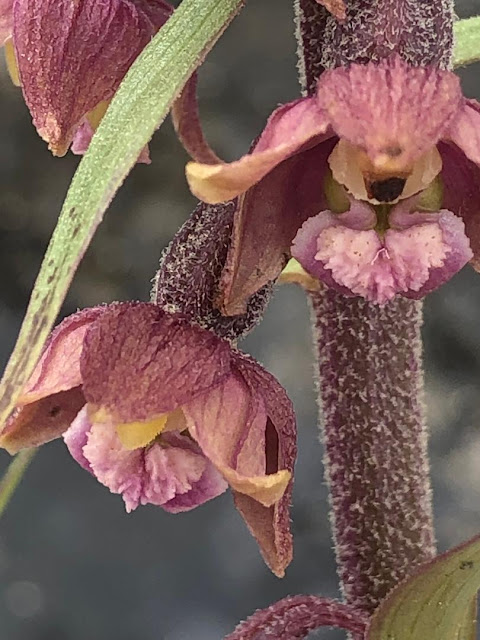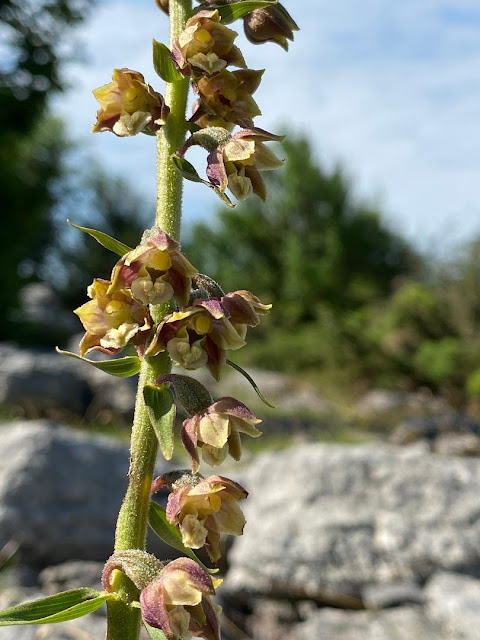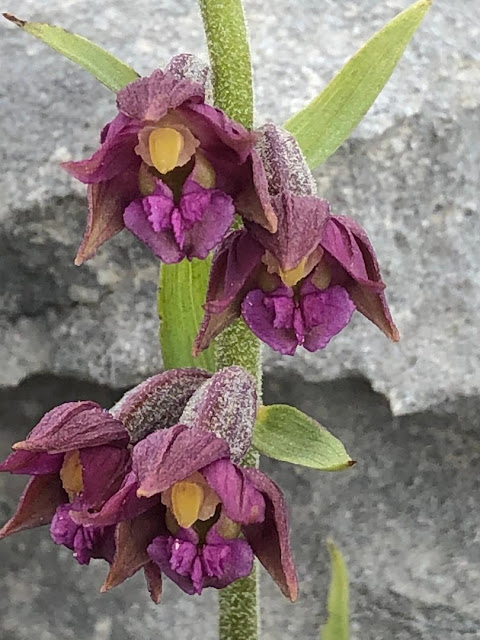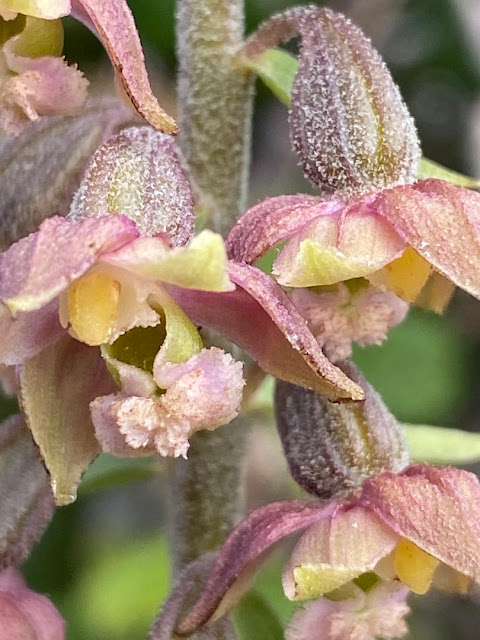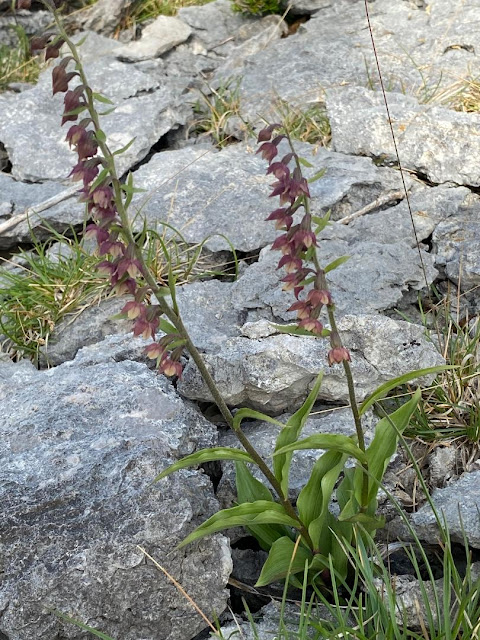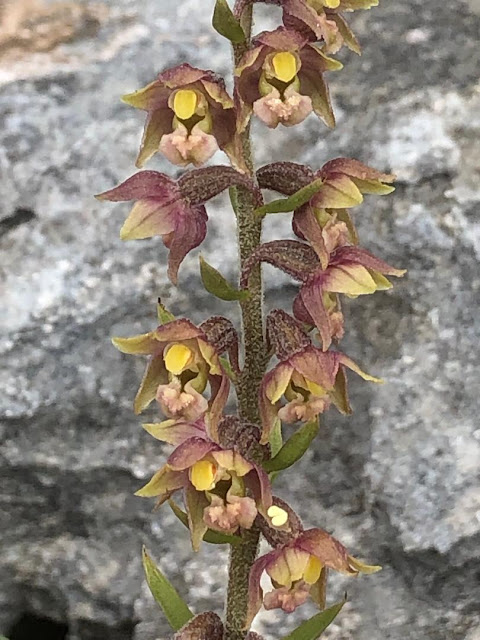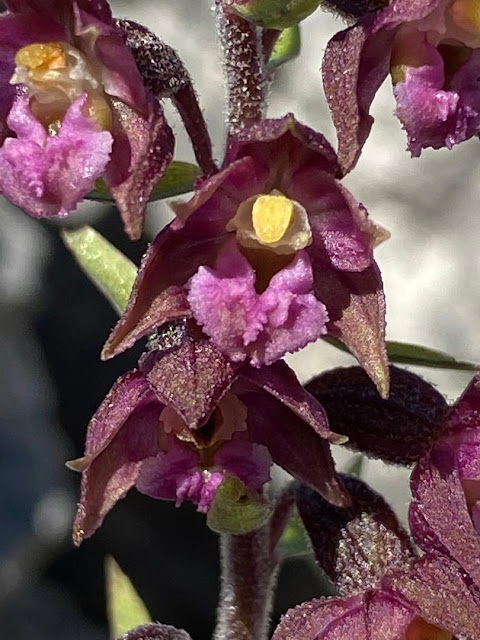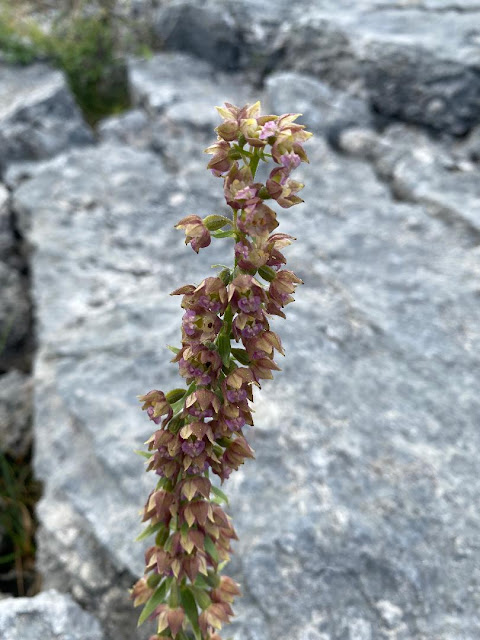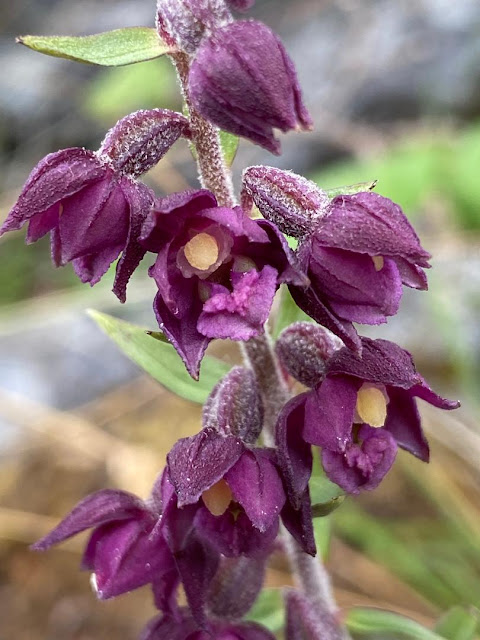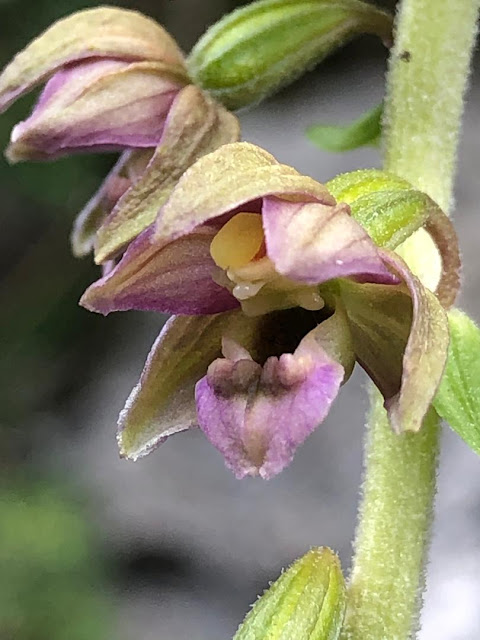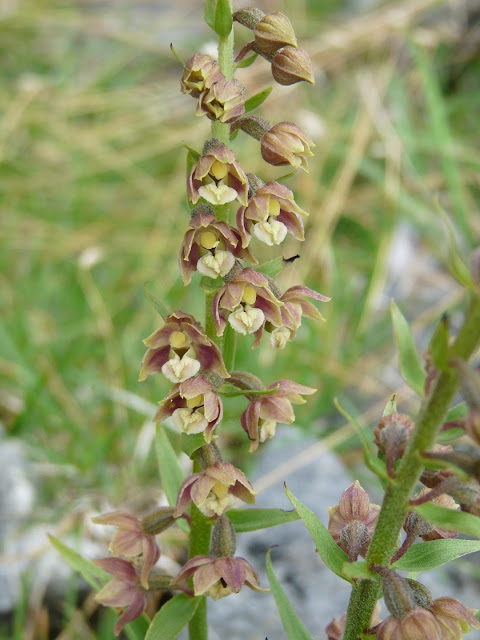***
My beloved Hutton Roof,
A special place for Epipactis and a place where
The straight forward has become the rarity
And the rarity has become the norm.
Rubens or Borines which do you want?
A Schmalhauseneii mix for you Sir!
Today can be the purple wash,
Tomorrow can be the green wash.
But we have some green ovary specials,
With a brownier flower to bear and stare,
Called No.9, 9a,9b,9c and so on and on and on
And away until they are gone!
We have some Lemon Petalled beauties,
Small, mediums and largest and blessed,
Green stems or purple stems we have the mix,
Stunning our pupil since 2014 that’s young
What about a Palens Ma’am,
In Lutescens mix or you can have a green cream flavour,
Both are staring “wimperley” but this is only part
Of a start of something far more special.
Here we have the very first on English soil I am told,
Called “Albiflora” and what a little gem it was
It lacks a lot of colour dear “Albi” green and white,
I even looked through transparency at some of its sight!
Make a path to the bottom of this hill
Where flowers of purpurea live out their days,
It’s a sort of red wine colour they display some years,
Darker with canopy, lighter with sun.
To my North I can see a Helleborine change
Which is so pale and bright!
Often called a special or by name
Viridiflora’s sight.
(Poem I wrote July 2016)
.JPG)









